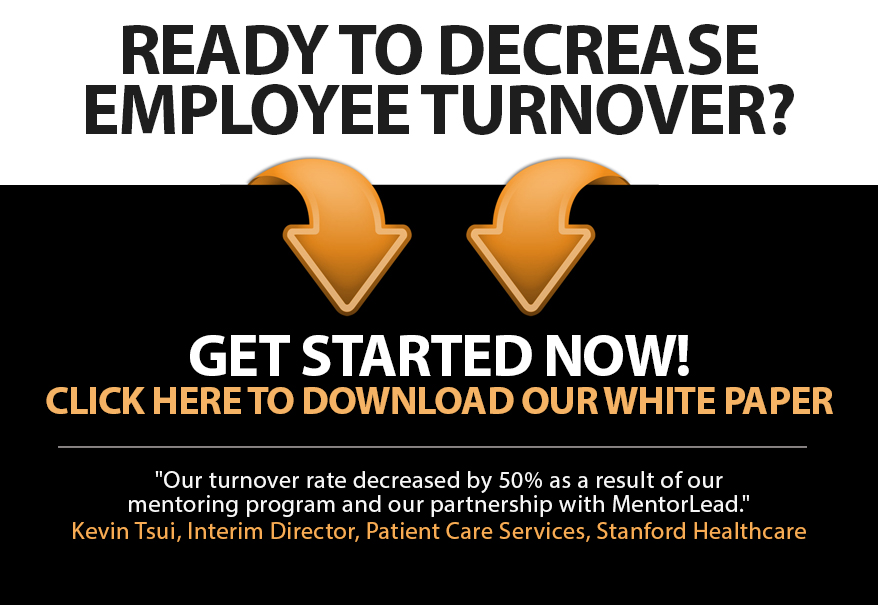
Imagine my delight! I’ve been on a soapbox for years begging leaders to replace WIIFM with WSIC. Then I discovered that the Proceedings of the National Academy of Sciences published recently a paper that affirms my rant!
What’s WIIFM?
What’s In It For Me. With WIIFM people expect something in exchange for their efforts. I’ll do this if you give me that. But WIIFM is unsustainable, because it requires you to keep giving to me in order to keep getting from me. And after a while, I will want more for the same effort.
The following structures are fueled by WIIFM:
- Sales commissions
- Health benefits
- Union contracts
- Bonuses
- Pensions and other retirement benefits
What’s WSIC?
Why Should I Care. With WSIC, while people have to work for money, they show up because they know it matters. They’re passionate about the work or the impact of their work. They are self-motivated to contribute, take initiative, work hard, succeed, and progress. They know that their efforts make a difference.
WSIC drives many people to:
- Non-profits
- Start-ups
- The Peace Corps
- Teaching
- Performing arts (actors, musicians, dancers, artists)
- Social Work
- HR
- Practice medicine (doctors, nurses)
- Manage projects and lead teams
The Research Paper
Amy Wrzesniewski, associate professor of organizational behavior at Yale School of Management and Barry Schwartz, professor of psychology at Swarthmore College studied 11,320 cadets entering West Point over a 9-year period. They asked the cadets to rate the influence of various motives for attending the academy – some instrumental (ex: desire to get a good job later in life) and some internal (ex: desire to be a trained leader in the Army). They discovered that the stronger the internal motives (WSIC), the more likely the cadet would graduate and become a commissioned officer. Surprisingly, they also discovered that cadets with strong internal motives (WSIC) and strong instrumental motives (WIIFM) were less likely to graduate, less outstanding, and less committed. The presence of WIIFM actually thwarted success!
Why aren’t more leaders focused on WSIC?
We’ve been led to believe that people need commissions, bonuses, rewards, prizes, benefits, pensions, and retirement to show up to work, let alone stay motivated. But those instrumental motives (WIIFM) create merely fleeting motivation. They’re like bribes. When those motives are gone, so is the motivation. So, what will incentivize people to take action? A reason to care.
A Leader’s Job is to Influence WSIC
First, stop believing that you can motivate people. You can’t. They can only motivate themselves. You, however, can influence people to shift their focus from WIIFM to WSIC.
How?
- Ask people what they love about their job.
- Make it your responsibility to discover and know each person’s passion
- Find out why they chose their career and their job
- Ask: “What makes you show up to this particular job every day?”
- Share with people how their work matters to the team, to the company, and to the clients
- Give people opportunities to make a difference
- Regularly recognize their efforts and contributions
- Help people grow and progress so they are prepared to contribute and continue to make a difference
And don’t forget to intentionally shift your own focus from WIIFM to WSIC!
(Above is a picture of me and my good friend Alan at the border of Nevada and Utah. Alan joined me for part of my cross-country bike ride in 2011. I pedaled 4,240 miles to put my finger on WSIC and then produced a documentary showcasing what people love about their jobs.)

